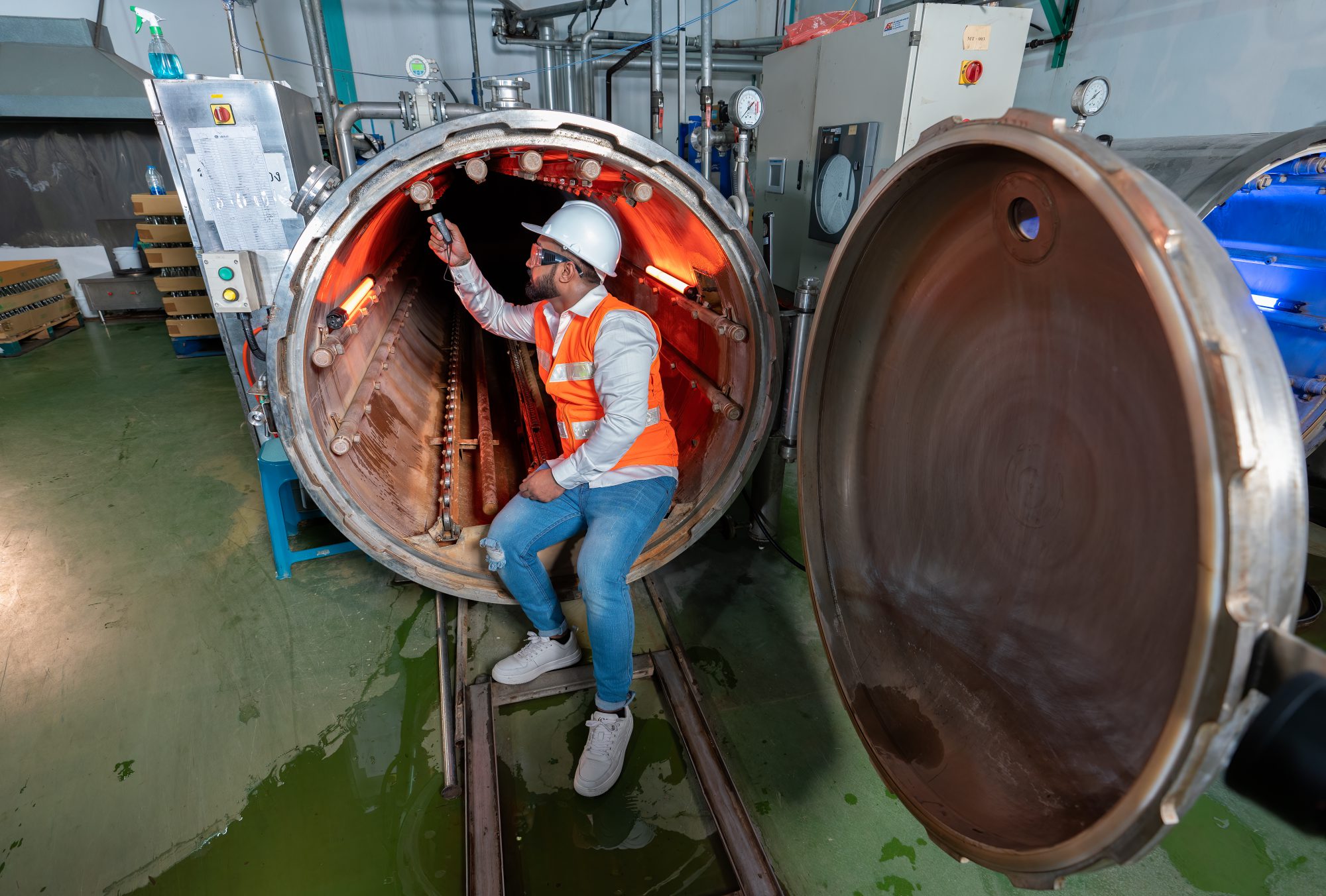Gas pipelines are the backbone of the energy industry, transporting gases over vast distances from production sites to end-users. These pipelines are essential for efficiently delivering natural gas and other fuels, characterized by specific locations, high investment, low operational costs, and long return on investments. However, they also pose significant risks, particularly from corrosion. In countries like Slovakia, corrosion in the gas industry is a major issue, accounting for about 5% of the gross national product annually. This not only reduces the service life of pipelines but also creates severe environmental hazards during emergencies.
The Challenge of Sweet Corrosion in Gas Pipelines
One of the most insidious forms of corrosion affecting gas pipelines is “sweet corrosion.” This type of corrosion occurs when transported gases contain chemical components such as CO2, H2S, and inorganic salts. When these components exceed permitted limits, they corrode the inner surfaces of pipelines, leading to significant damage. Specifically, CO2 in natural gas can dissolve in water that condenses on steel surfaces, forming highly corrosive carbonic acid. This process leads to pitting corrosion on the steel, which is particularly damaging over time.
Sweet corrosion is the most frequently encountered in oil and gas production wells. It is a significant cause of severe corrosion-related material failures in the industry. Recent findings indicate that 60% of all corrosion-related structural failures in the oil and gas industry are due to sweet corrosion. The consequences are severe: localized corrosion of the internal walls of steel pipelines, leading to leaks and the eventual discharge of flammable and potentially hazardous pipeline contents.
Why Sweet Corrosion Is So Pervasive
Unfortunately, sweet corrosion is nearly inevitable in the oil and gas industry as long as steel remains the material of choice for fabricating structural components. Moreover, with CO2 becoming the most preferred fluid for enhancing crude oil recovery, the threat of sweet corrosion is far from being eliminated. This persistent challenge underscores the need for effective solutions to protect pipelines and ensure their longevity.
DragX: The Revolutionary Solution to Sweet Corrosion
One of the most economically viable methods of mitigating the effects of sweet corrosion is the use of corrosion inhibitors. Among the various options available, DragX stands out as a revolutionary solution. DragX is a state-of-the-art corrosion inhibitor specifically designed to combat the effects of sweet corrosion in gas pipelines.
DragX works by forming a protective layer on the inner surfaces of pipelines, preventing corrosive agents like CO2 and H2S from reacting with the steel. This hydrophobic inhibitor film hinders charge transfer-related phenomena at the steel-solution interface, effectively reducing the rate of corrosion. Unlike traditional inhibitors, DragX is designed to withstand the harsh conditions often encountered in modern pipelines, including high temperatures and pressures.
The Benefits of Using DragX
- Enhanced Protection: DragX provides superior protection against sweet corrosion, significantly extending the service life of gas pipelines.
- Cost-Effective: By reducing the frequency of maintenance and repairs, DragX helps to lower overall operational costs in the gas industry.
- Environmentally Friendly: By preventing leaks and spills, DragX contributes to environmental protection, reducing the risk of hazardous material discharge.
- Adaptability: DragX is effective across a wide range of temperatures and pressures, making it suitable for use in various pipeline environments.
As the energy industry continues to rely heavily on steel pipelines, the threat of sweet corrosion remains a significant challenge. However, with the introduction of advanced corrosion inhibitors like DragX, there is now a viable solution to this persistent problem. By integrating DragX into pipeline maintenance strategies, the industry can significantly reduce the risks associated with sweet corrosion, ensuring safer, more efficient, and longer-lasting pipeline operations.
DragX is not just a solution; it is a breakthrough in corrosion prevention, offering a new level of protection for one of the most critical infrastructures in the energy sector. Learn more about what DragX can do for your pipelines.

